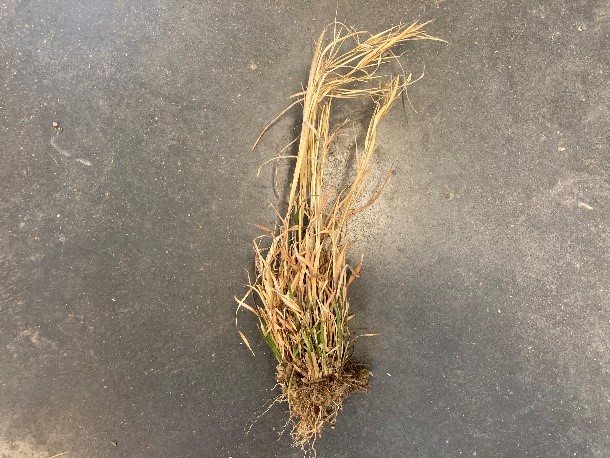
Along the way it was easy to see the beige-bronze warm-season perennial bunchgrass broomsedge bluestem (Andropogan virginicus) in many grass-dominant pastures and hayfields.

Along the way it was easy to see the beige-bronze warm-season perennial bunchgrass broomsedge bluestem (Andropogan virginicus) in many grass-dominant pastures and hayfields.
The Heart of America Grazing Conference will take place from February 20th to 21st, 2023, at the Ferdinand Community Center in Ferdinand, IN. Hosted by the Indiana Forage Council (IFC), with input from Purdue Extension, the annual event will feature forage and grazing experts from across the nation. Speakers will lead discussions on cutting-edge research in grazing, soil science, and grazing options with cattle and small ruminants, among other key topics. Keith Johnson, professor of agronomy at Purdue University, says “Participants will have the opportunity to interact with a team of presenters on what is needed to develop and put in place an effective grazing plan.” He continues, “Ways to improve grazing efficiency, how to develop and maintain healthy soil, and important recordkeeping items will be shared. There will be ample opportunity to interact with input providers at the tradeshow and to make connections with other attendees.” Highlighted speakers include[Read More…]

Field research trials are an important part of understanding how specific agronomic practices can improve farm productivity.
Sample to the proper depth and retain the whole soil core to get a representative soil sample.
On this episode, Shaun and Dan talk about the slow start to the harvest season and some early soybean yield numbers.
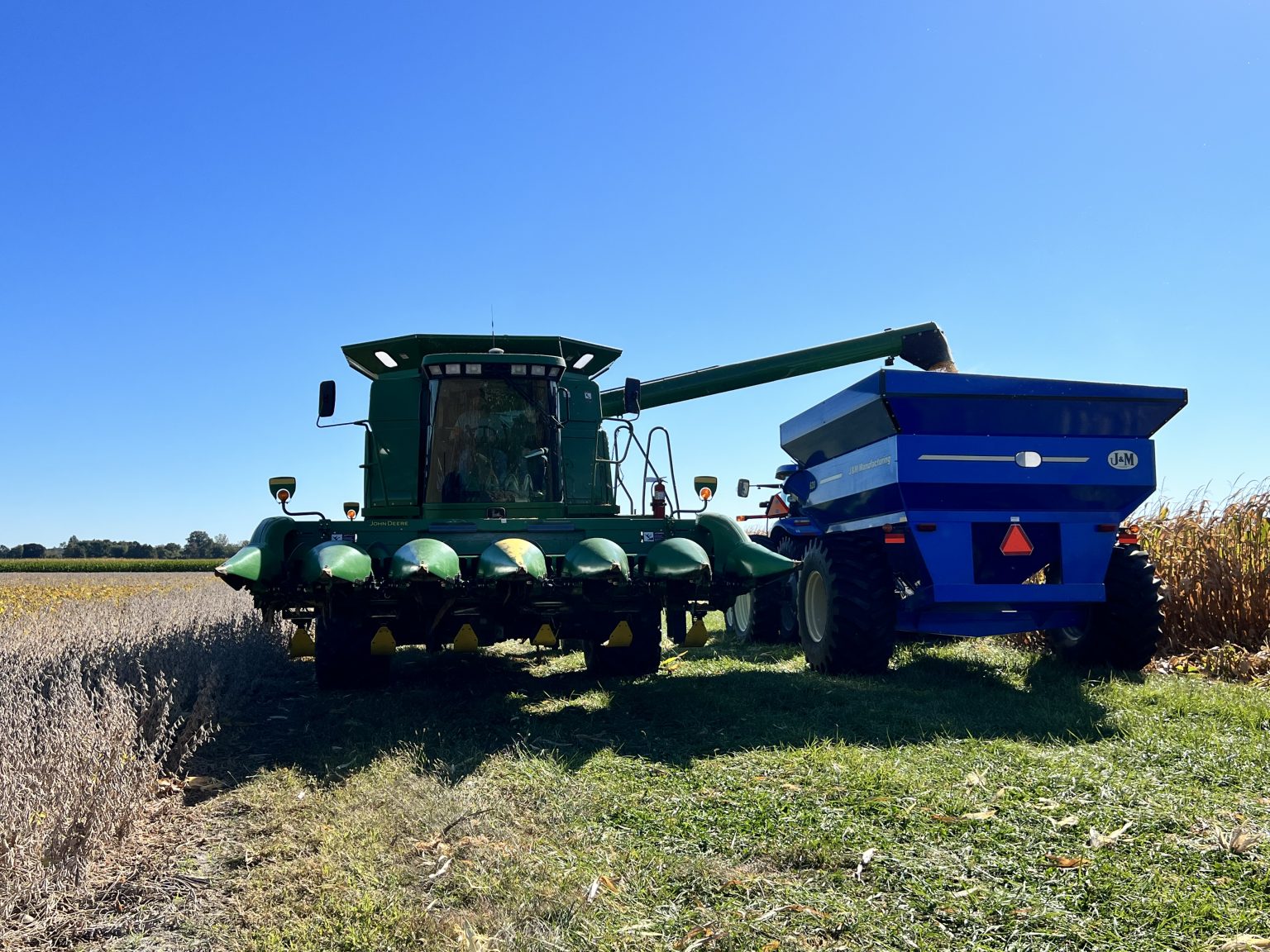
Although yield is always at the forefront of many corn farmers and agronomists’ minds during harvest, another important discussion topic each fall is that of grain test weight.
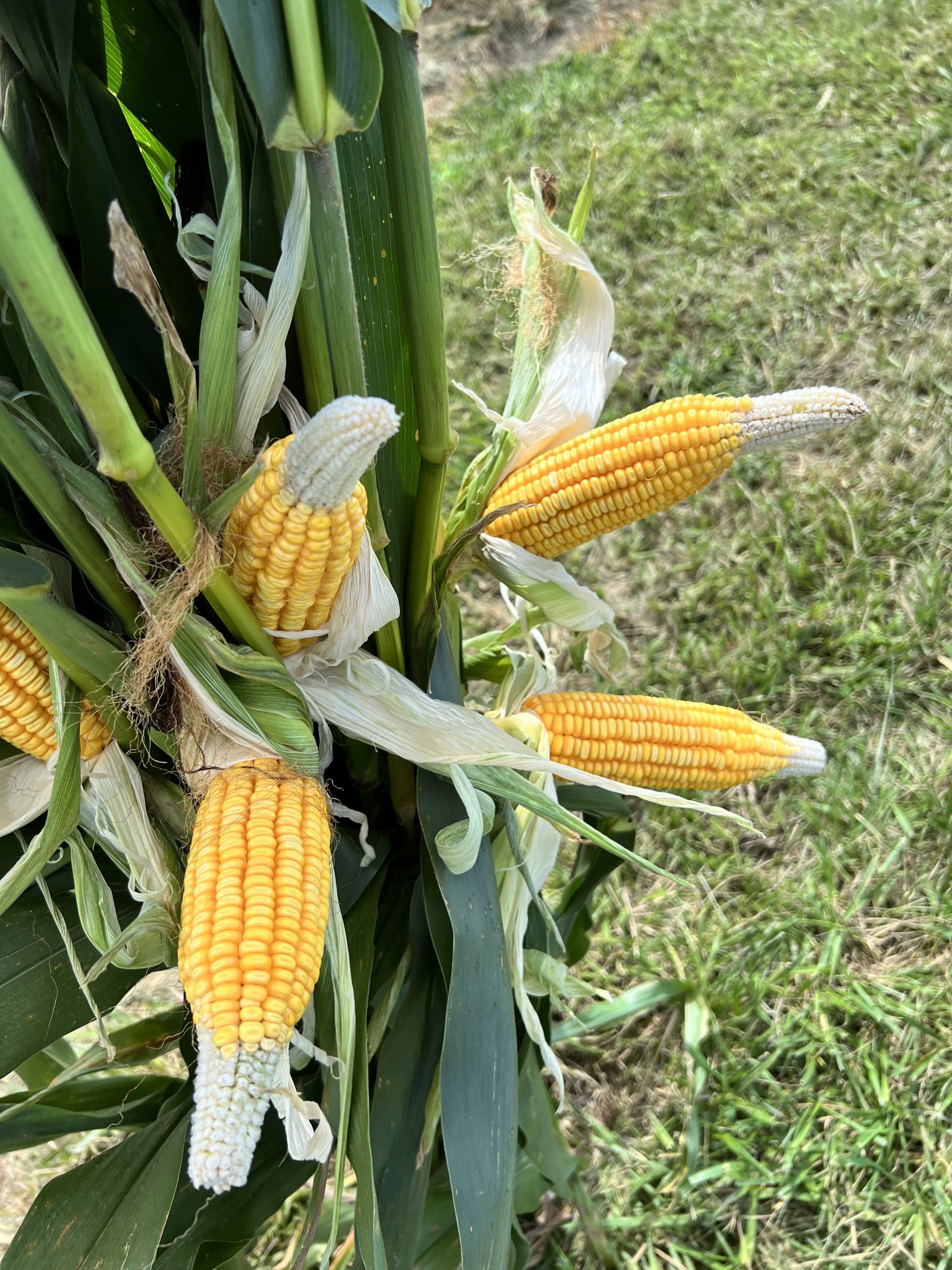
Each year as corn harvest approaches and the anticipation for finally being able to get behind the wheel of the combine heighten, it is not uncommon to find work benches, dinner tables, and agronomist office desks full of corn ears.
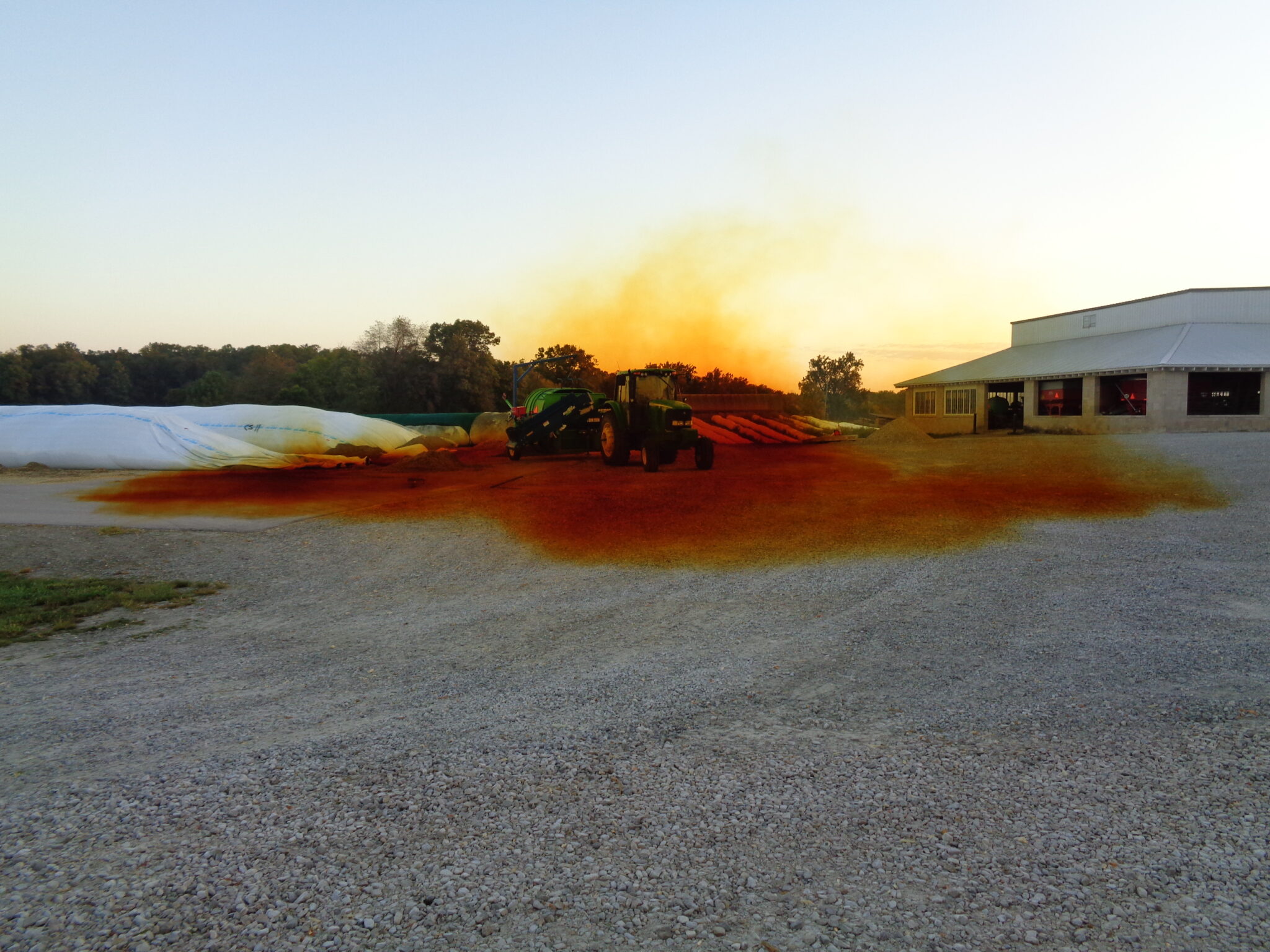
Perhaps it is fitting that the eerie poisonous gas flowed from the end of a silo bag not adequately sealed at the end with a lime pile as this is “National Farm Safety and Health Week”.
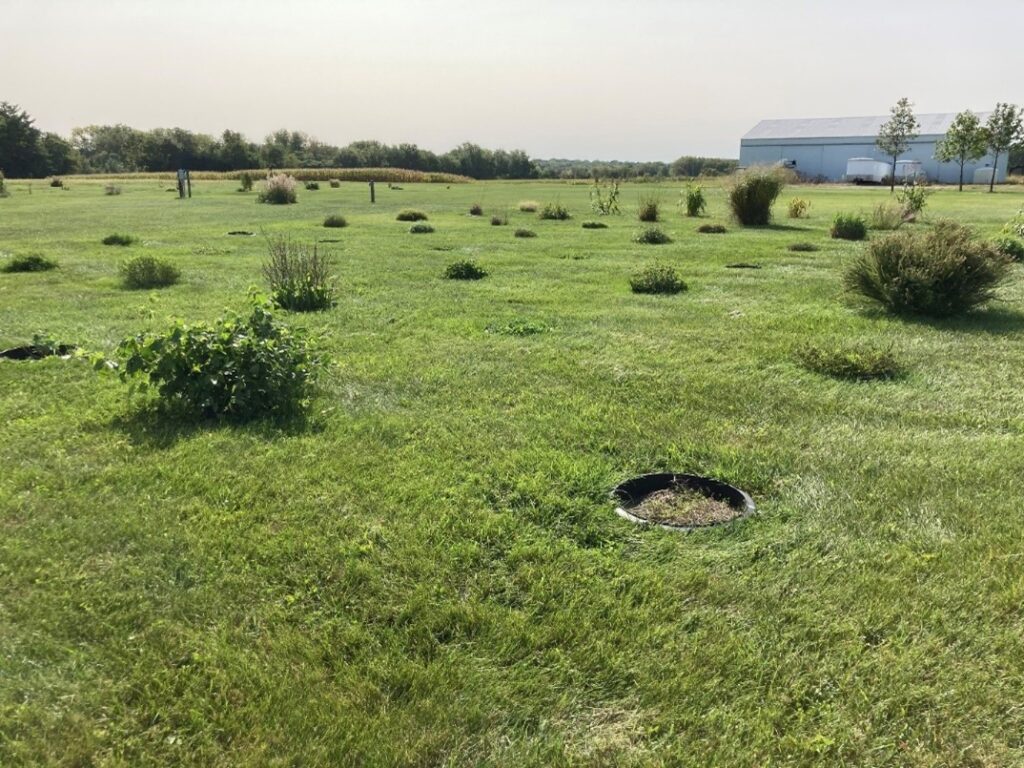
Plants are around us no matter where you live. I am challenged with plant identification as an agriculturalist and enjoy learning to identify plants that are not in production agriculture, too. A week ago, I was with an Extension Educator and a producer to confirm weeds of concern in a pasture; we then were able to discuss best control options. An email request, including pictures, from a hay producer was shared this week with me. Undesired plants of yellow foxtail, barnyardgrass, and crabgrass were noted and one photo had horsenettle in it, a spreading broadleaf plant that has toxic properties. Too many of us learned how to identify poison ivy from the unfortunate contact we had with it on a hike or learned how to identify it from someone else that felt itchy discomfort. Some individuals have taken an interest in foraging out food resources in the great outdoors. They[Read More…]

The Indiana Forage Council (IFC), with assistance from Purdue Extension and SureTech Laboratories, is hosting a contest for Indiana producers who will harvest forage for hay or baleage within the state for the 2022 hay season. The Hoosier Hay Contest, sponsored by Huston, Inc, seeks to promote forage production, inform hay producers on the nutritive value of their hay and encourage producers to sample and test their hay or baleage before feeding it to livestock. It also creates a friendly competition among Indiana producers on who produces higher quality hay. SureTech Laboratories in Indianapolis will analyze all samples and release only to the contest organizer, producer and producer’s local Purdue Extension agriculture and natural resources educator. The Purdue Extension educator and producer can then work together to interpret the analysis and determine how best to use the forage in their operation. The Hoosier Hay contest has two categories, hay or[Read More…]
© 2025 Purdue University | An equal access/equal opportunity university | Copyright Complaints | Maintained by Pest&Crop newsletter
If you have trouble accessing this page because of a disability, please contact Pest&Crop newsletter at luck@purdue.edu.